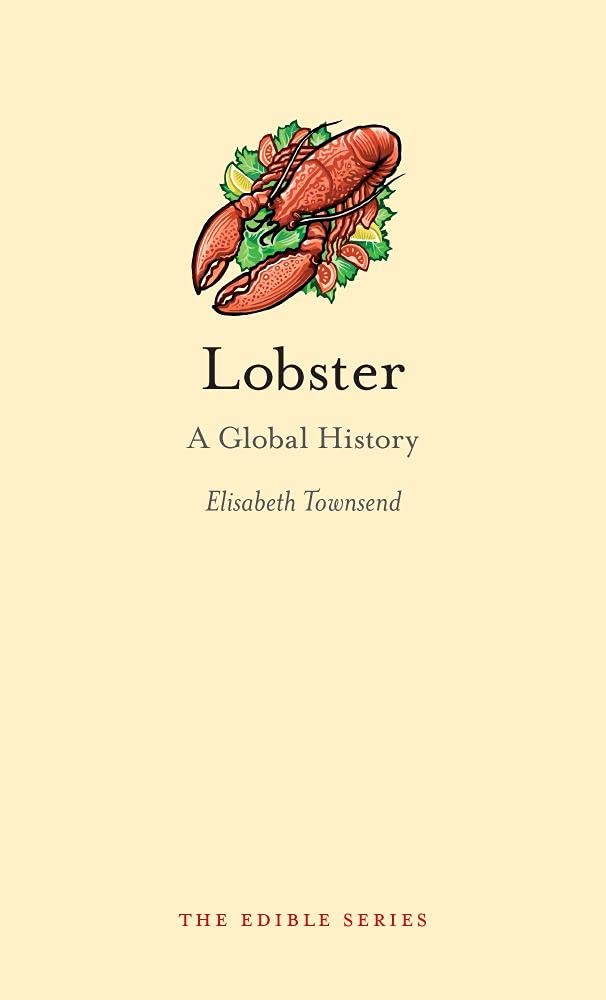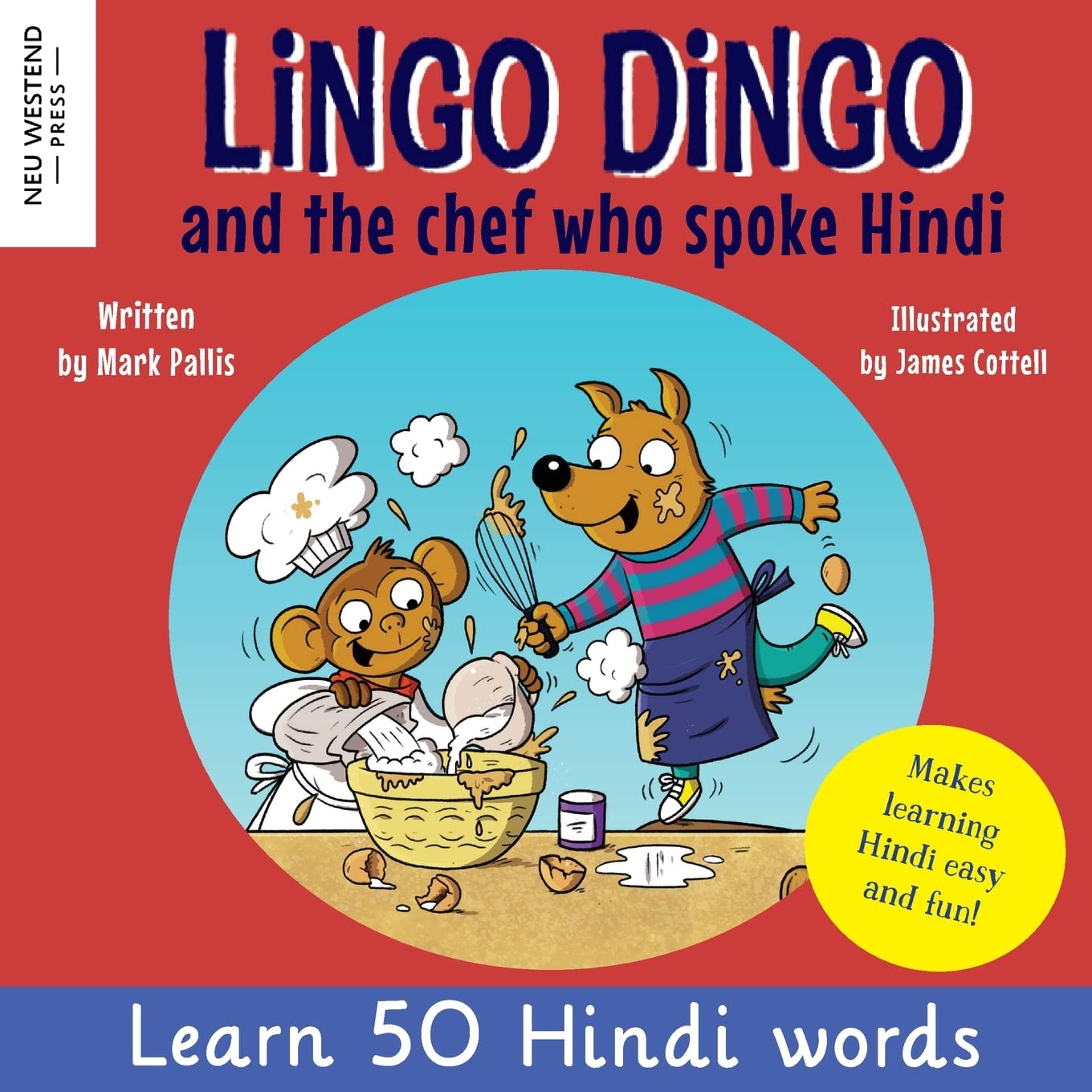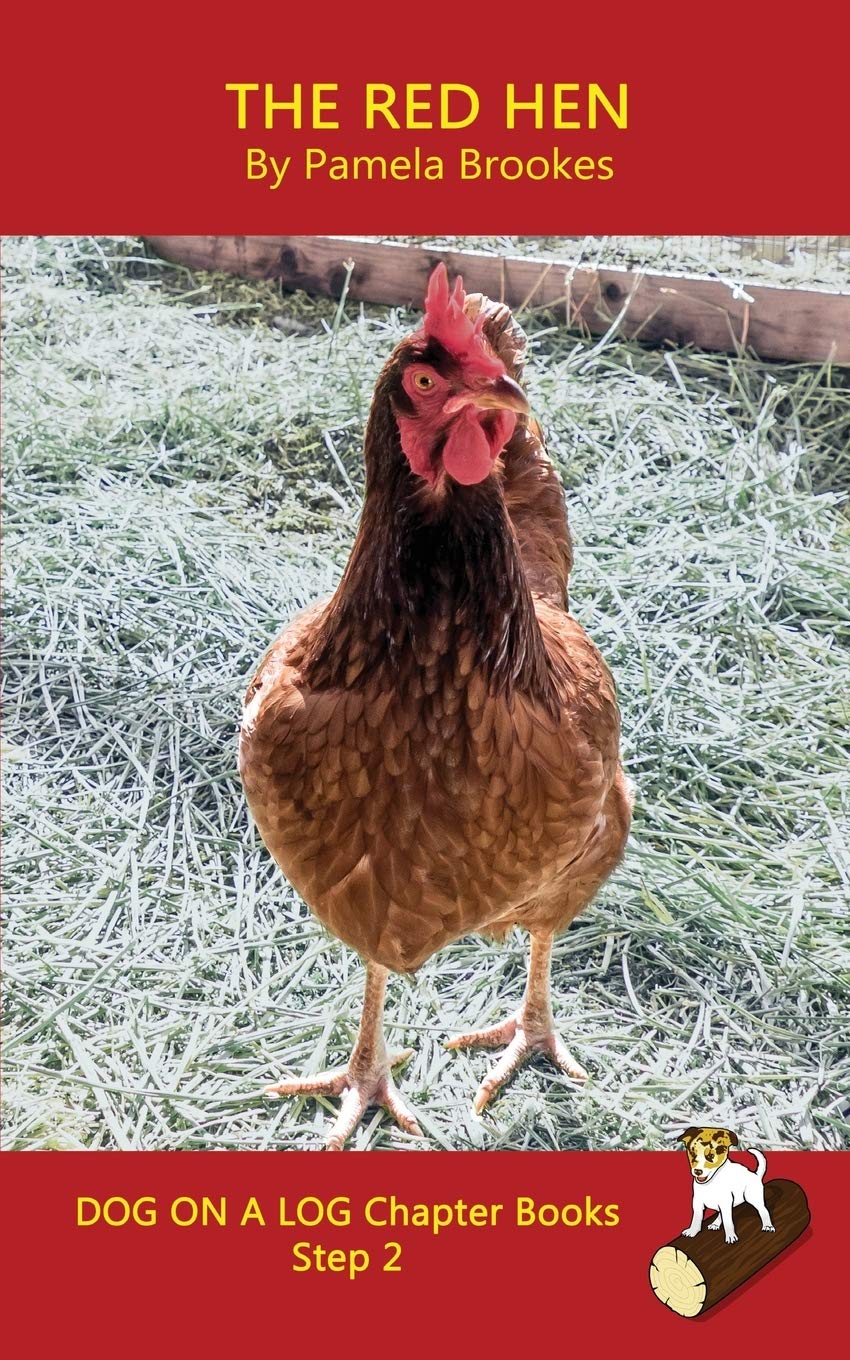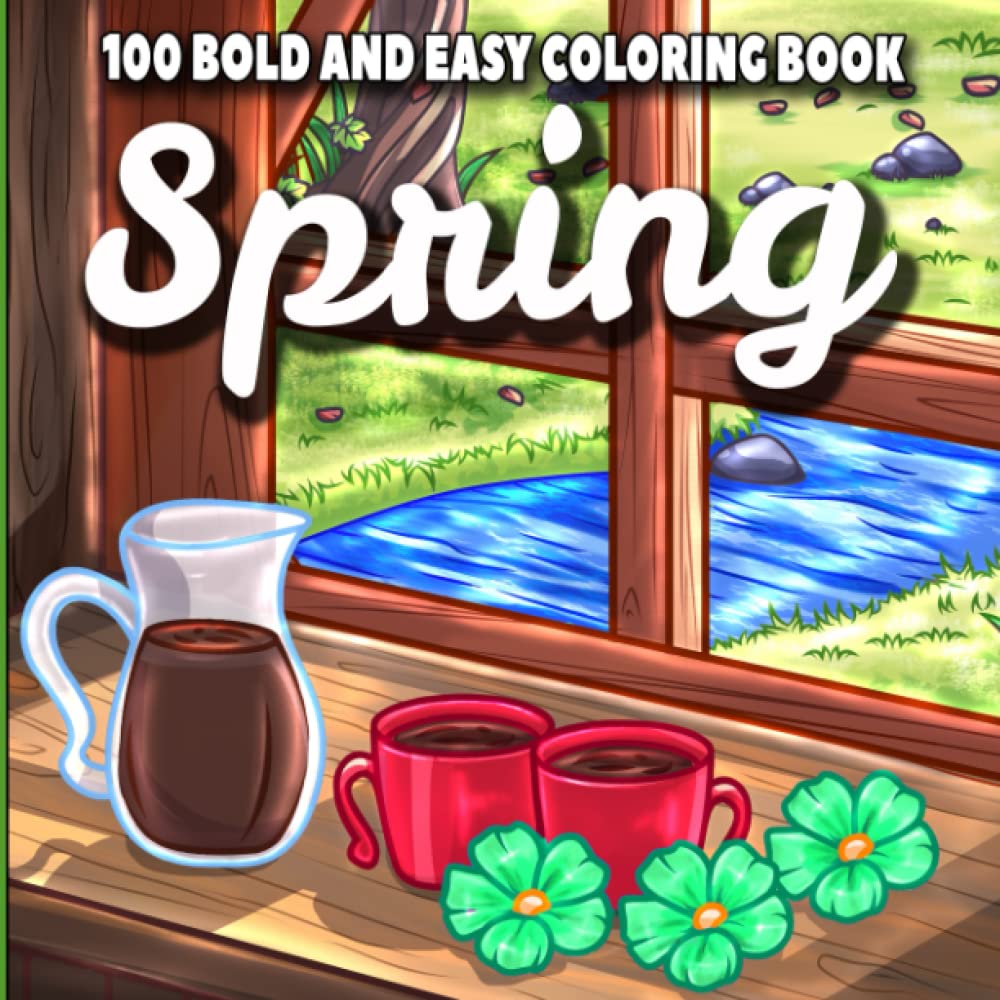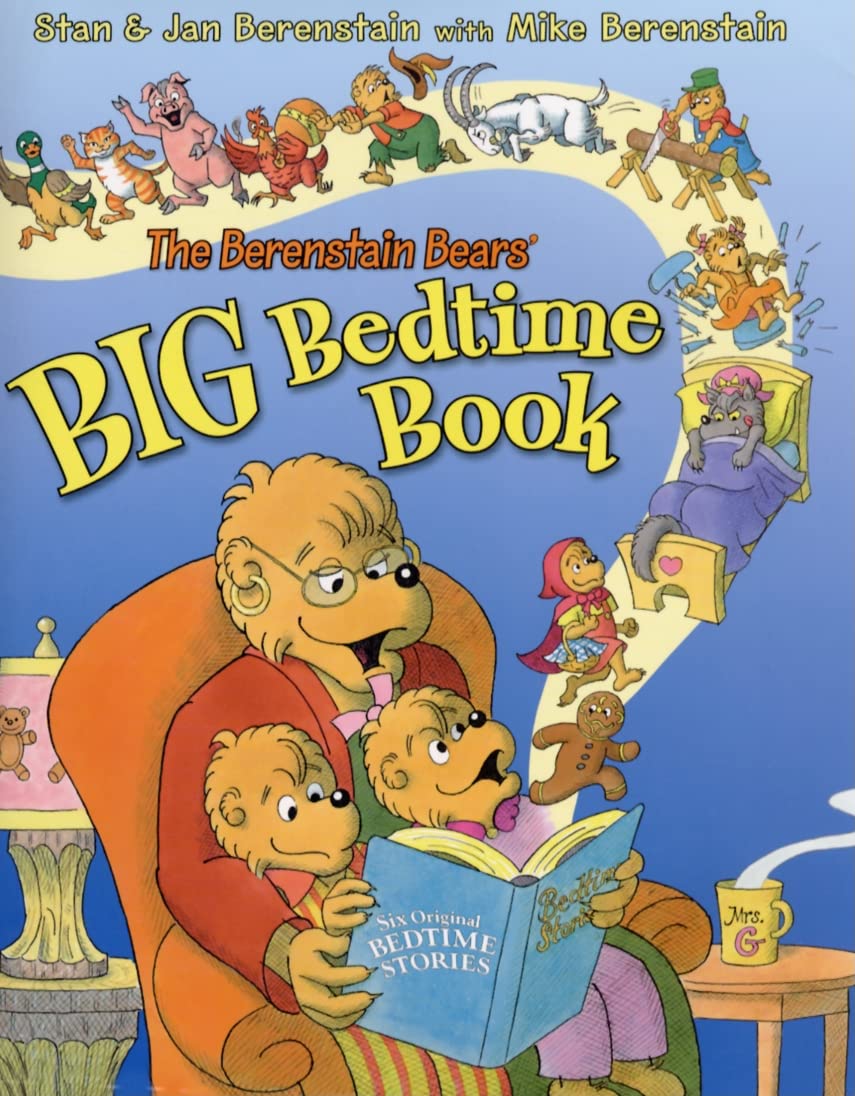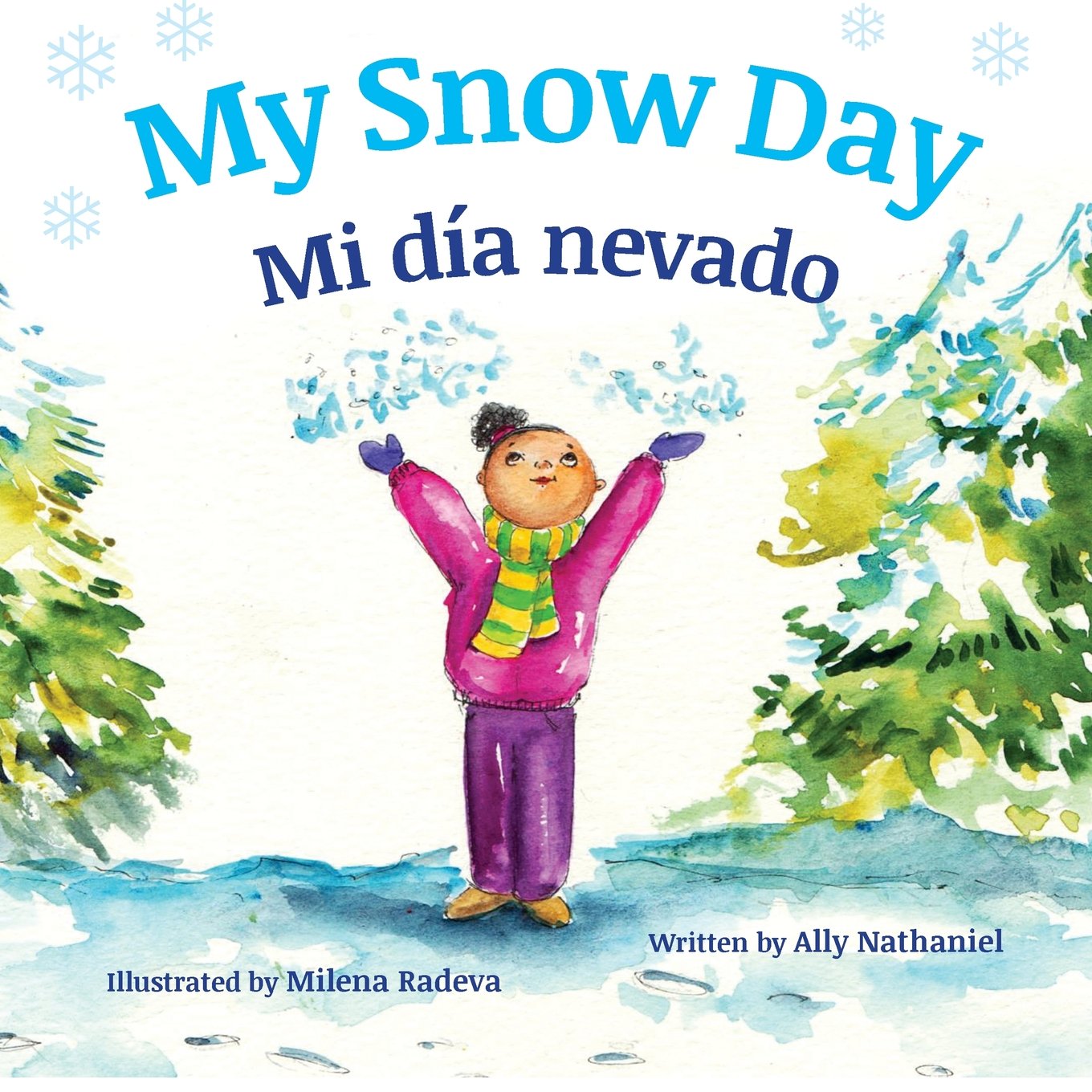Other than that it tastes delicious with butter, what do you know about the knobbily-armoured, scarlet creature staring back at you from your fancy dinner plate? Food writer Elisabeth Townsend here charts the global rise of the lobster as delicacy. Part of the Edible Series, Lobster: A Global History explores the use and consumption of the lobster from poor man’s staple to cultural icon. From coastal fishing in the Middle Ages to the Industrial Revolution and modern times, Townsend describes the social history of the consumption of lobsters around the world. As well, the book includes beautiful images of rarely seen lobsters and both old and contemporary lobster recipes. Whether you want to liberate lobsters from their supermarket tanks or crack open their claws, this is an essential read, describing the human connection to the lobster from his ocean home to the dinner table. “Elisabeth Townsend’s concise but rich Lobster: A Global History offers a journey through lobster’s prehistoric and recorded history, exploring scientific, environmental and culinary matters. . . . She also does an outstanding job of documenting and explaining the modern controversy over the treatment of lobster: Is boiling alive inhumane, for instance, and if so what method might be better? . . . Most of all, [this books reminds] us that our long relationship with lobsters is tied up with our relationships with one another.” —Jasper White, Wall Street Journal ― Wall Street Journal “We are quite taken with the short but engagingly readable Edibles series of handsome little books on basic, well, edibles, as in the cultural and global history of one type of food or beverage. Originating in England from Reaktion Books but written by foodie journalists or food science academics on both sides of the Atlantic, these spritely, much-illustrated books are a peruser’s delight.” ― Toronto Star “A fun, smartly written series appropriate for a popular audience that likes to eat . . . the Edible series books provide level-headed and enjoyable overviews of food culture . . . These will create a little library that any foodie will be proud to show off . . . aesthetically pleasing volumes with decent content that would make good presents.” — Winterthur Portfolio , on the Edible series ― Winterthur Portfolio “A frothy confection of lobster history, lore, and art, with an emphasis on cooking and consuming the crustaceans. There are plenty of entertaining moments.” ― Gastronomica “Elisabeth Townsend considers the creature that inspired mosaic artists in ancient Pompeii, reclined like a cardinal in still life paintings, gave Salvador Dalí a telephone handle, fed the indigent poor and later the spoiled rich and became a partial success in shellfish farming. . . . Reading its 128 pages inclusive of recipes will leave almost anyone considerably more clued up about lobsters than they were before.” -- Fay Maschler ― Spectator Elisabeth Townsend has been writing about food, travel, and wine for over twenty years. She lives in Concord, MA. Lobster A Global History By Elisabeth Townsend REAKTION BOOKS Copyright © 2011 Elisabeth Townsend All right reserved. ISBN: 978-1-86189-794-7 Contents Introduction: What is a Lobster?..........................71 From Fertilizer to the Dinner Table.....................242 From Main Course to Mass Market.........................363 Lobster Takes Centre Stage..............................524 Lobster Controversies...................................685 Killing and Cooking (Humanely)..........................826 The Future of Lobsters..................................99Recipes...................................................115Select Bibliography.......................................129Websites and Associations.................................131Acknowledgements..........................................133Photo Acknowledgements....................................135Index.....................................................137 Chapter One From Fertilizer to the Dinner Table Lobsters were here and we were eating them long before anyoneknew the difference between the more than one hundredvarieties. The evidence is in the shells. They have existed forover 250 million years, with remnants found in Europe andthe Americas. The 110-million-year-old relic of a spiny lobsterwas discovered in 1995 in Chiapas, Mexico. In New York'sLong Island Sound, fossils show that the American lobsterhas looked like an armour-plated cockroach for about a hundredmillion years. Well-preserved remains form a lobster bedin the 146-million-year-old Green sand formation that wasunearthed on an island off the coast of southern England. InBavaria, shell fossils date from almost 200 million years ago.Lobster shells, preserved as fossils, are a sign of their role inour lives before we started keeping written records. Shells are also traces of what prehistoric people ateglobally. Our ancestors were wildly
